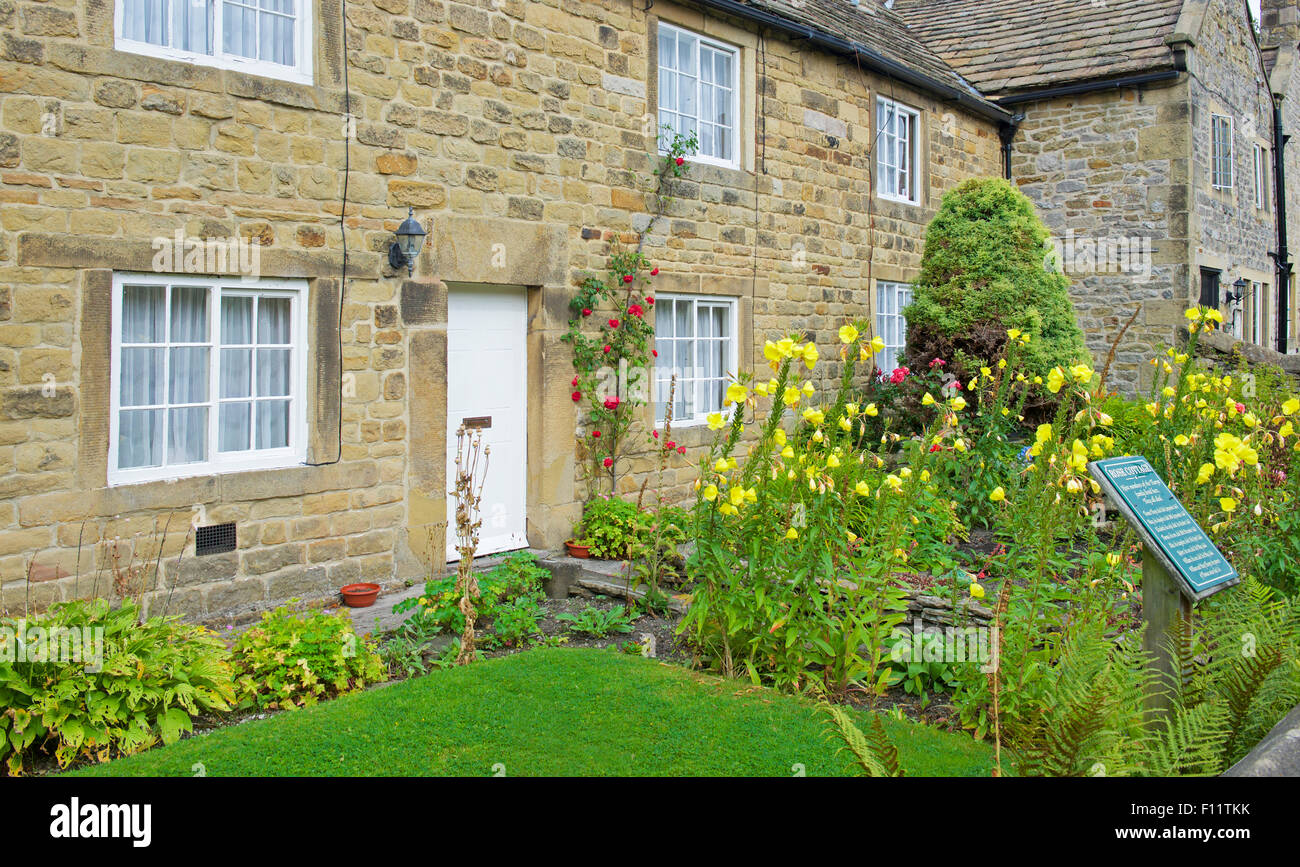One of the plague houses in the village of Eyam, Peak National Park, Derbyshire, England UK

Image details
Contributor:
John Morrison / Alamy Stock PhotoImage ID:
F11TKKFile size:
53.8 MB (4.3 MB Compressed download)Releases:
Model - no | Property - noDo I need a release?Dimensions:
5608 x 3353 px | 47.5 x 28.4 cm | 18.7 x 11.2 inches | 300dpiDate taken:
24 August 2015More information:
In 1665 the Plague was raging in London. A tailor from Eyam by the name of George Viccars ordered some cloth from the capital. It arrived damp and had to be laid out to dry. This released the plague-carrying fleas. and within days Viccars fell ill and died. Several of his neighbours also died and some families began to panic and fled the area. William Mompesson, the Rector, supported by Thomas Stanley, the former incumbent, feared that this would spread the disease over a wider area and asked villagers to quarantine themselves. Food and medical supplies were left at various points on the village boundary. Eyam church was closed and services were held in Cucklet Delf, a valley nearby where a Plague Commemoration Service is still held annually. There were no funerals, and families buried their own dead near their homes. At nearby Riley, a Mrs Hancock buried her husband and 6 children in a space of 8 days. The Riley graves, as they are known, are still there. The Plague ended in October 1666 and had claimed 260 lives in a 14 month period. Some of the cottages now carry a commemorative plaque.